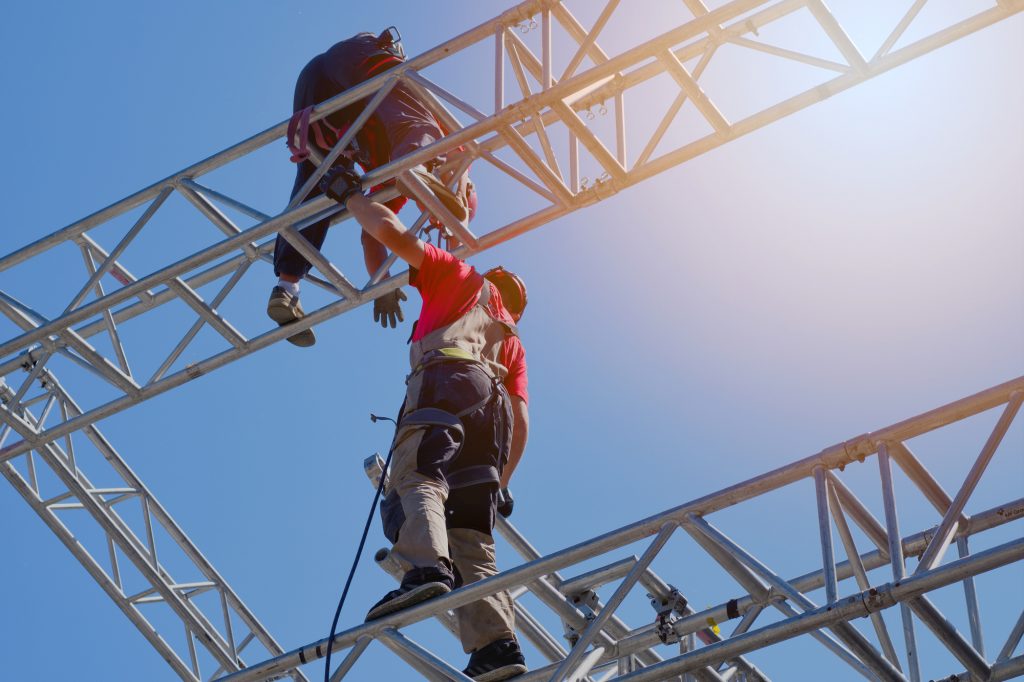Don’t Look Down! Everything You Need to Know About Working at High Heights
In 2017, 39.2% of construction worker deaths were caused by falls. That’s why it’s imperative to know the proper safety protocols when working at height.
Whether you’re a construction worker or just a DIY-builder, you should always take your safety into account. Before you start climbing a ladder, hop on a roof, or suspend yourself off the side of a building, take a look at our guide to working at height.
Getting Started
The first step to take when you have to work at height would be to assess the situation. Identify whether the project you’re working on is low or high-risk.
Ask yourself: “How long will I have to work at height for?” and “How high will I be working?” Working on a job that’s high off the ground for a significant amount of time is considered a high-risk height example.
Determining the condition of the surface can also help keep you safe. If the surface is slippery, wet, or unstable you definitely shouldn’t work on it. Always try to avoid working at height as much as possible. Try to do most of the work from the ground instead.
Excellent roofing companies and construction businesses value their workers’ safety, but it’s still a good idea to investigate your project’s safety.
Safety Measures
Following strict safety measures can help keep you and your crew safe. Keeping these safety moment examples and tips in mind will prevent you from getting seriously hurt.
Have the Correct Equipment
Not only do you have to make sure you actually know how to operate the equipment that you’re using, but you should also find out if it’s the right equipment for the job. Although plenty of safety equipment exists on the construction market, not all of it is appropriate. Something as simple as using the right ladder can prevent injury.
Ensure that the products you purchase are certified. When you or your workers are suspended off of a five-story building, you want to make sure that the equipment isn’t going to spontaneously break. You might have to spend a little more money to get a certified product, but your safety is worth it.
Don’t forget to frequently inspect your equipment to prevent any malfunctions.
Check Local Laws and Regulations
The laws and regulations listed in your area are designed to keep you safe. Viewing their fall safety topics can give you an idea of what equipment you should use, and if you need to comply with any standards.
Use Height Safety Services
If you’re a construction manager, consider investing in height safety services. This type of service protects your workers from any height-related injury or fatality. Height safety services supply you with the right set of equipment and safety assessments, allowing your workers to feel secure.
Safely Working at Height
Simple safety measures, protocols, and common sense shouldn’t be ignored during your next construction project. The last thing you want is to experience a debilitating injury from working at height. Avoiding hazardous conditions at heights can even potentially save your life.
Still planning on completing a DIY roofing project? Check out these tips on DIY roof repairs.

